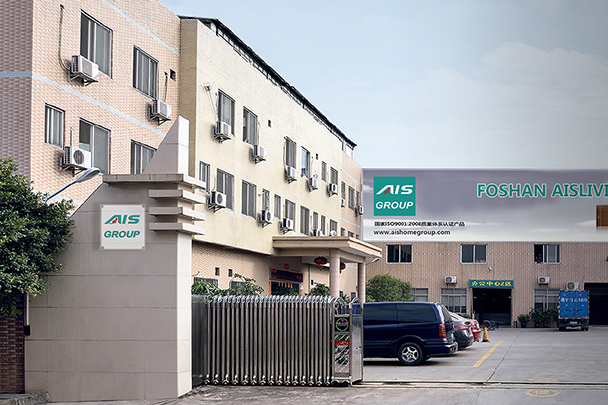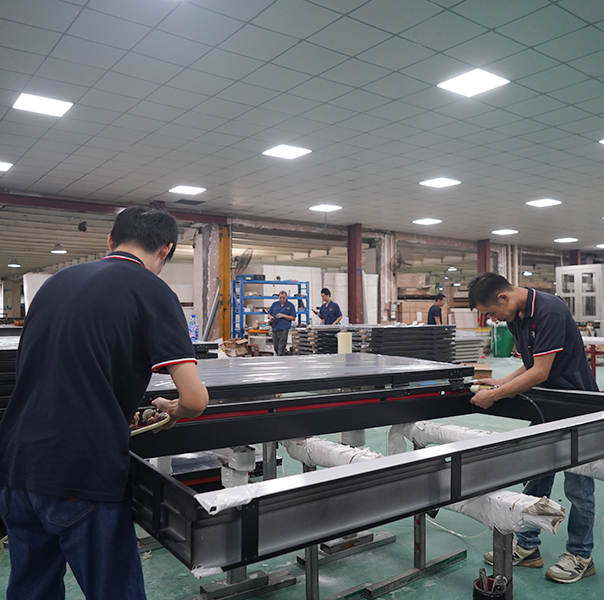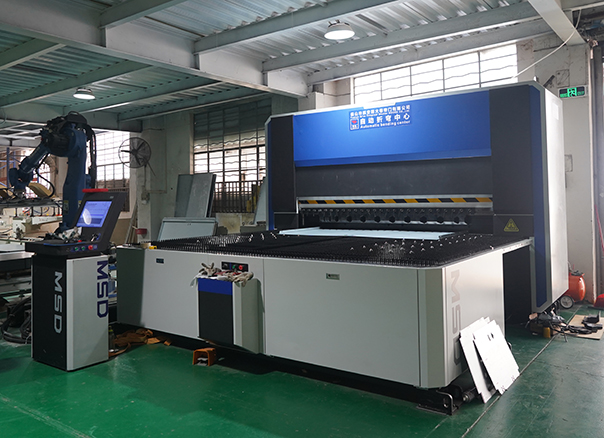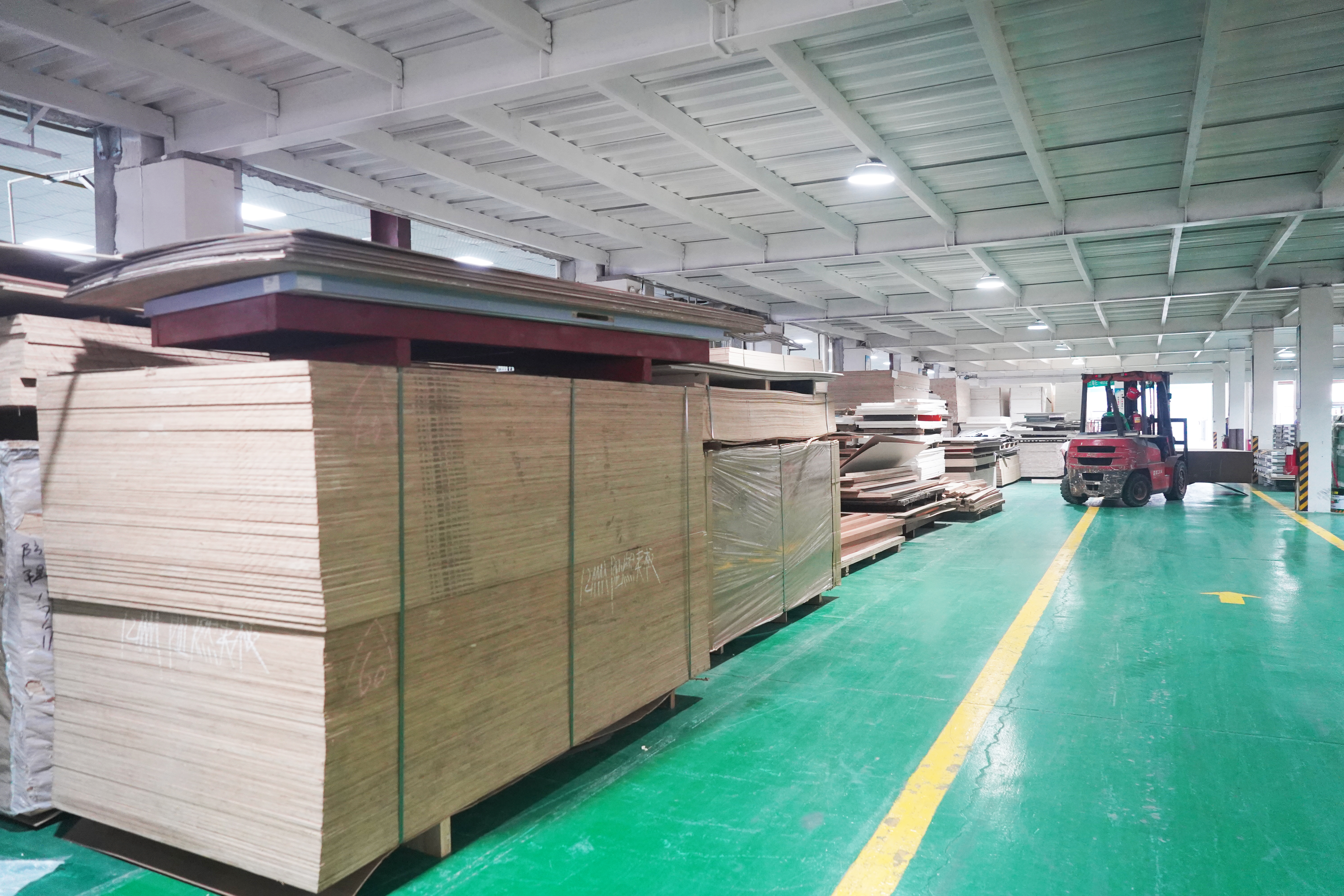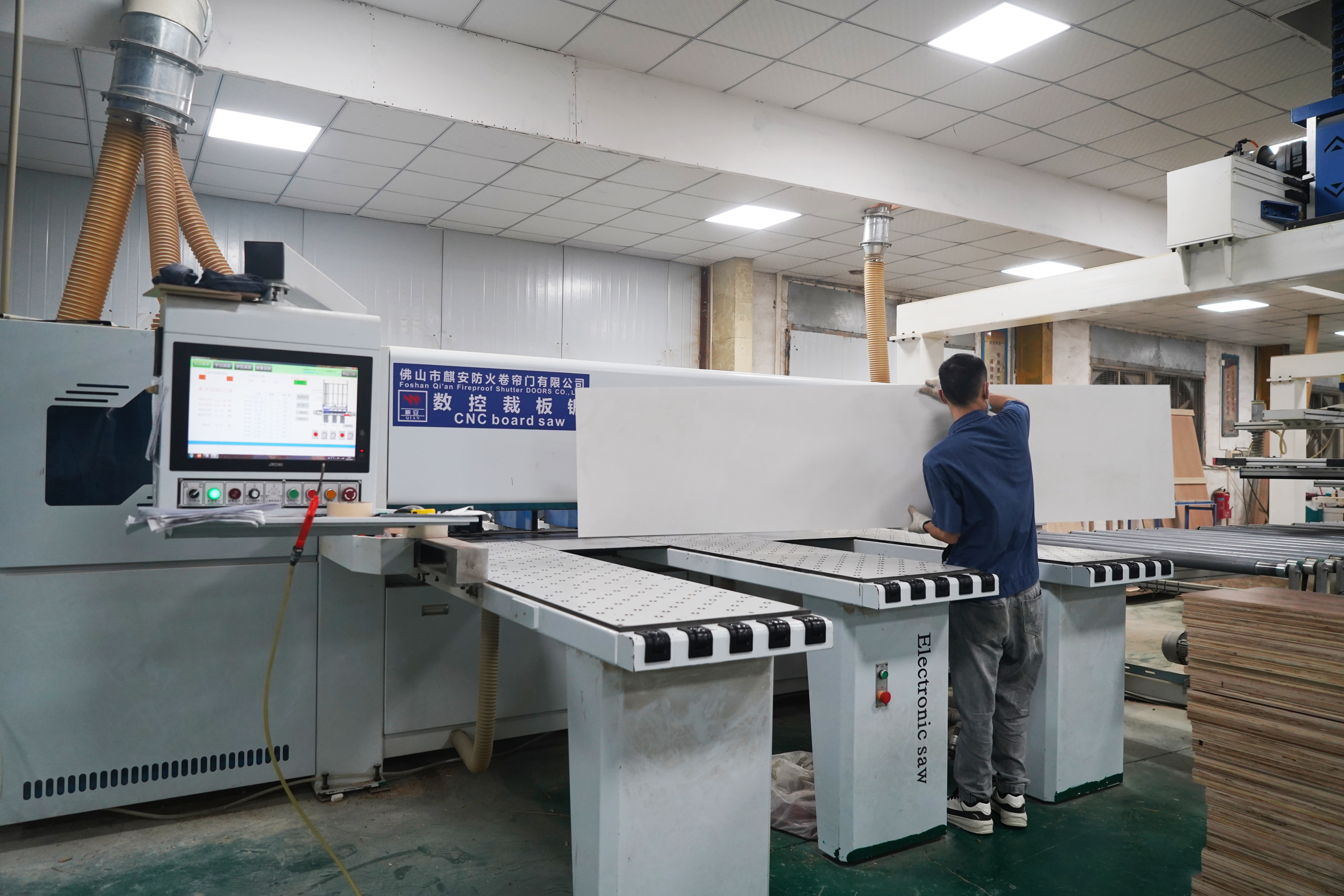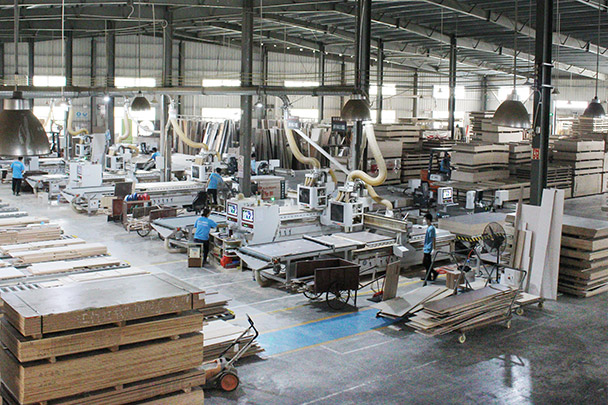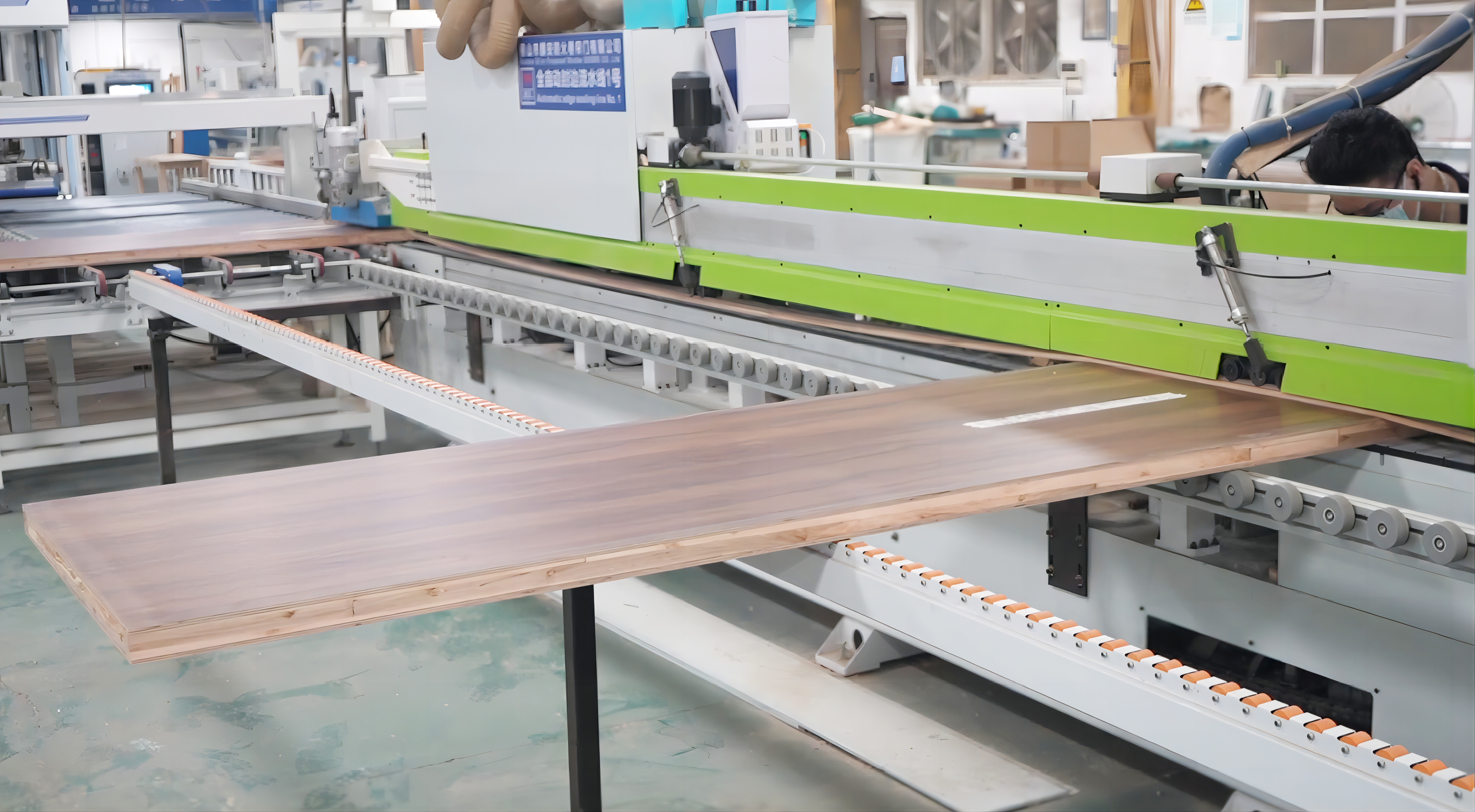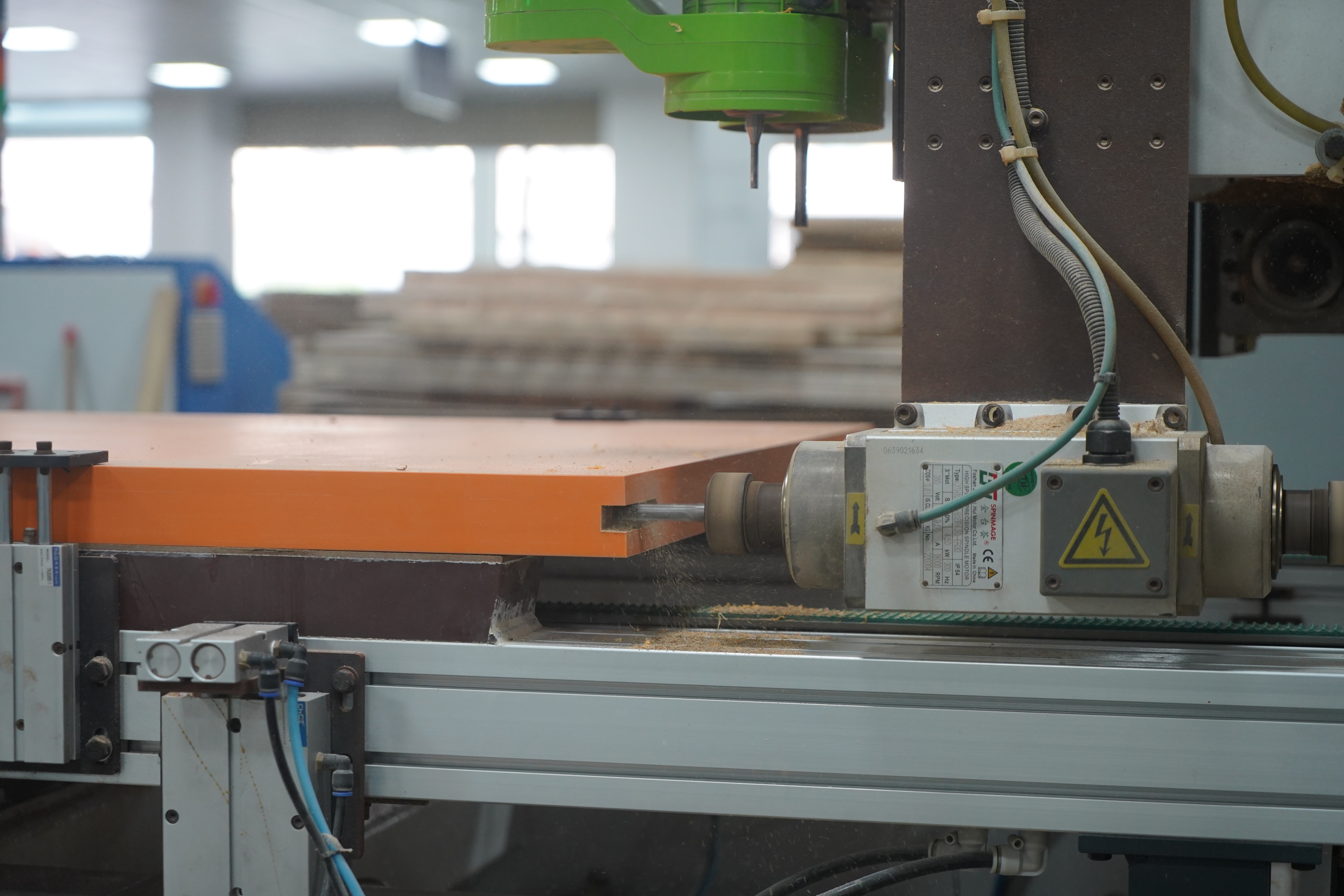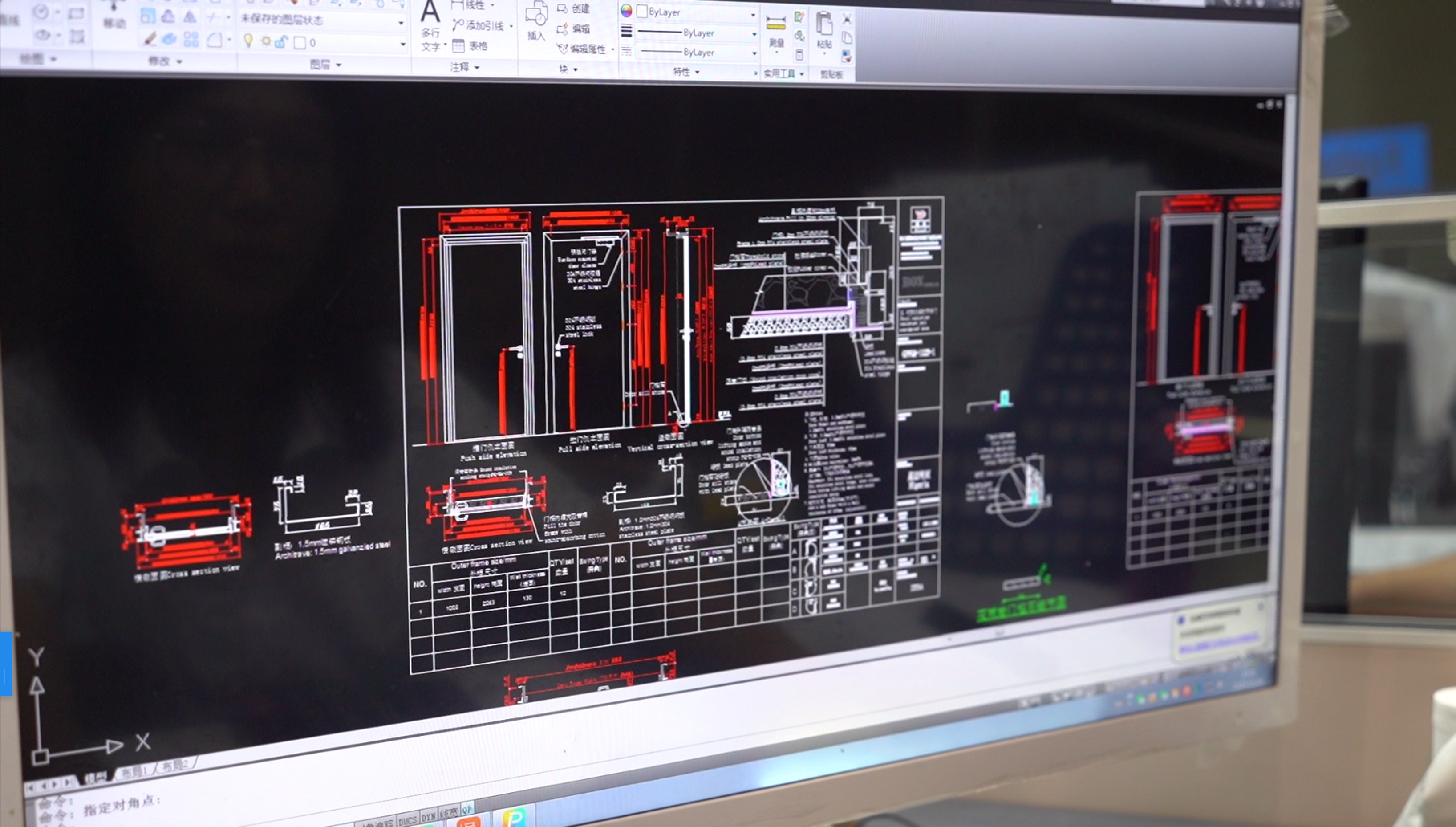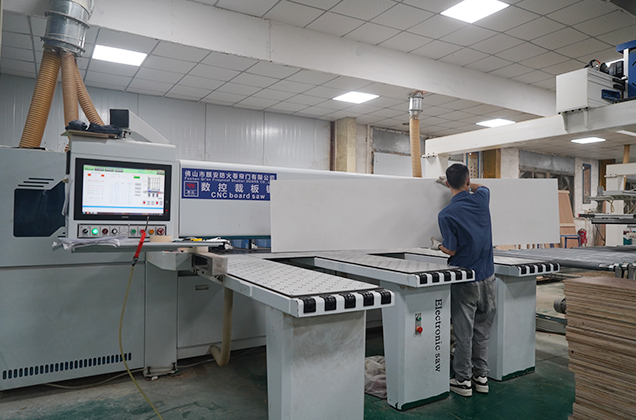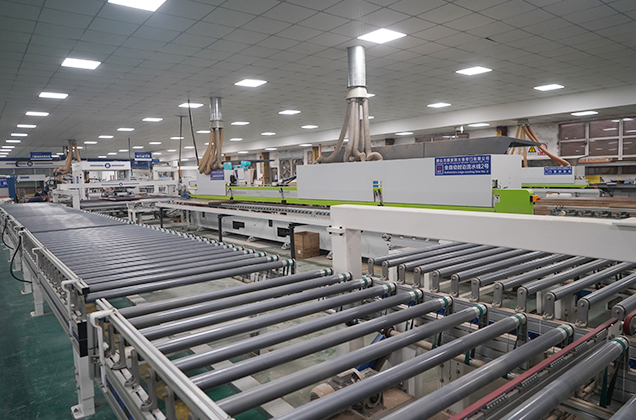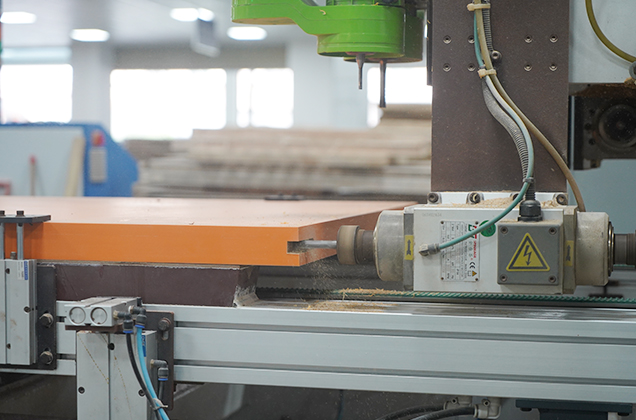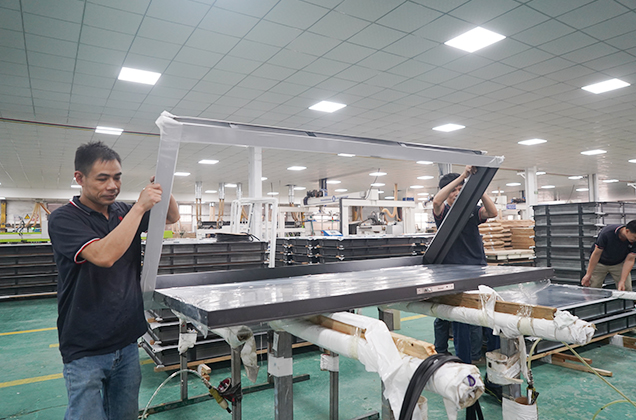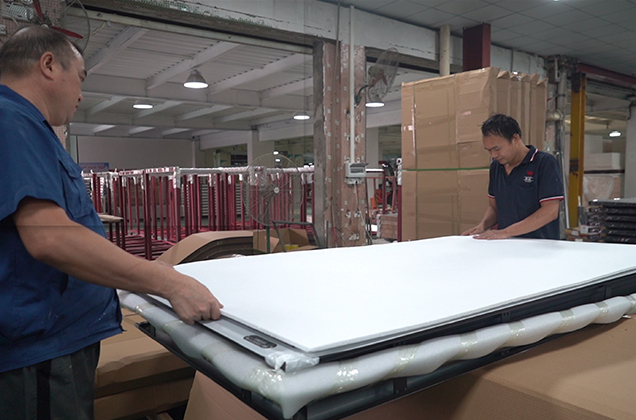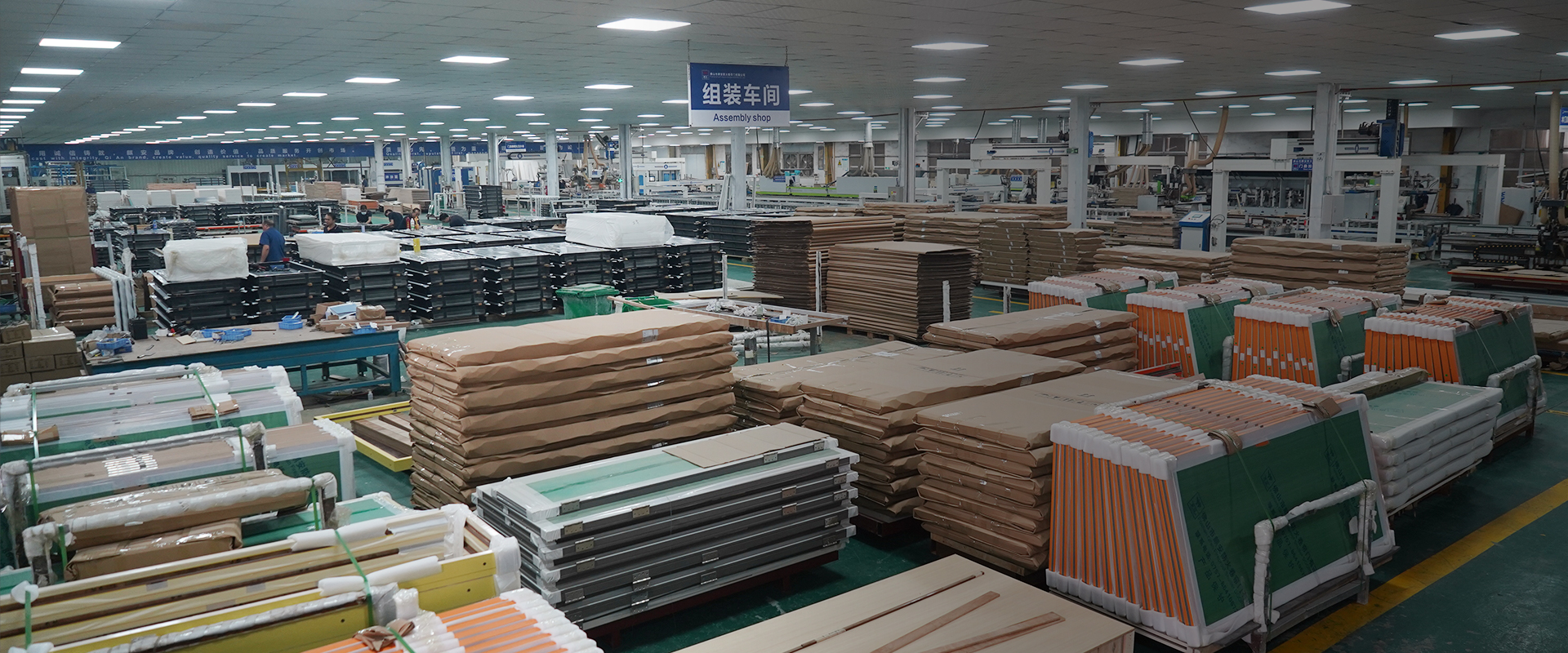A fire door is an essential architectural element designed to prevent the spread of flames and smoke during a fire, ensuring the safety of building occupants and reducing property damage. As an architect, there are several key considerations when designing fire doors:
1. Material Selection: Fire doors are typically made from steel, wood, or composite materials. Different materials offer varying fire resistance and aesthetics, so choose the appropriate material based on specific needs.
2. Fire Rating: Depending on the building's use and fire safety requirements, select fire doors with different fire ratings. Common fire ratings are 30 minutes, 60 minutes, 90 minutes, and 120 minutes, indicating the door's ability to effectively prevent flame spread for the specified time.
3. Door Frame and Door Leaf Design: The door frame and door leaf of fire doors must comply with fire safety standards to ensure they do not deform or fail under high temperatures. Door frames typically need to be filled with fire-resistant materials, and door leaves may incorporate fire-resistant boards or asbestos.
4. Hardware Components: The hardware components of fire doors (such as hinges, locks, and door closers) must undergo fire testing to ensure they function properly during a fire.
5. Sealing Performance: Fire doors should have excellent sealing performance to prevent smoke from entering through gaps. Fire-resistant seals are usually installed between the door frame and door leaf to enhance sealing effectiveness.
6. Installation Locations: Fire doors are typically installed at the entrances to fire compartments, evacuation routes, and stairwells to effectively isolate fire when it occurs.
7. Regulations and Standards: The design and installation of fire doors must adhere to local building fire regulations and standards, such as the "Code for Fire Protection Design of Buildings" (EN, UL, BS and AS), ensuring compliance with fire safety requirements.
As an architect, it is crucial to consider not only the fire resistance of fire doors but also their aesthetics, practicality, and ease of maintenance to ensure effective protection in the event of a fire.


